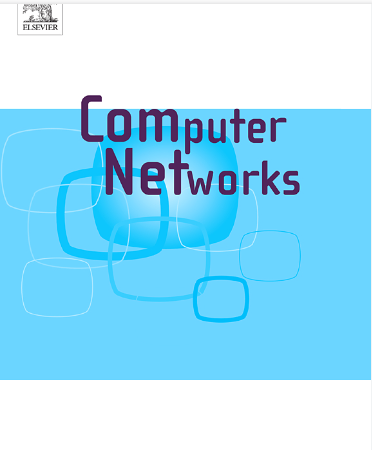LLMs are one-shot URL classifiers and explainers
IF 4.4
2区 计算机科学
Q1 COMPUTER SCIENCE, HARDWARE & ARCHITECTURE
引用次数: 0
Abstract
Malicious URL classification represents a crucial aspect of cybersecurity. Although existing work comprises numerous machine learning and deep learning-based URL classification models, most suffer from generalisation and domain-adaptation issues arising from the lack of representative training datasets. Furthermore, these models fail to provide explanations for a given URL classification in natural human language. In this work, we investigate and demonstrate the use of Large Language Models (LLMs) to address this issue. Specifically, we propose an LLM-based one-shot learning framework to predict whether a given URL is benign or phishing. Inspired by work done in the area of Chain-of-Thought reasoning, our framework draws on LLMs’ reasoning capabilities to produce more accurate predictions. We evaluate our framework using three URL datasets and five state-of-the-art LLMs, and show that one-shot LLM prompting indeed provides performances close to supervised models, with GPT 4-Turbo being the best model returning an average F1 score of 0.92 in the one-shot setting. We conduct a quantitative analysis of the LLM explanations and show that most of the explanations provided by LLMs align with the post-hoc explanations of the supervised classifiers, and the explanations have high readability, coherency, and informativeness.
求助全文
约1分钟内获得全文
求助全文
来源期刊

Computer Networks
工程技术-电信学
CiteScore
10.80
自引率
3.60%
发文量
434
审稿时长
8.6 months
期刊介绍:
Computer Networks is an international, archival journal providing a publication vehicle for complete coverage of all topics of interest to those involved in the computer communications networking area. The audience includes researchers, managers and operators of networks as well as designers and implementors. The Editorial Board will consider any material for publication that is of interest to those groups.
 求助内容:
求助内容: 应助结果提醒方式:
应助结果提醒方式:


